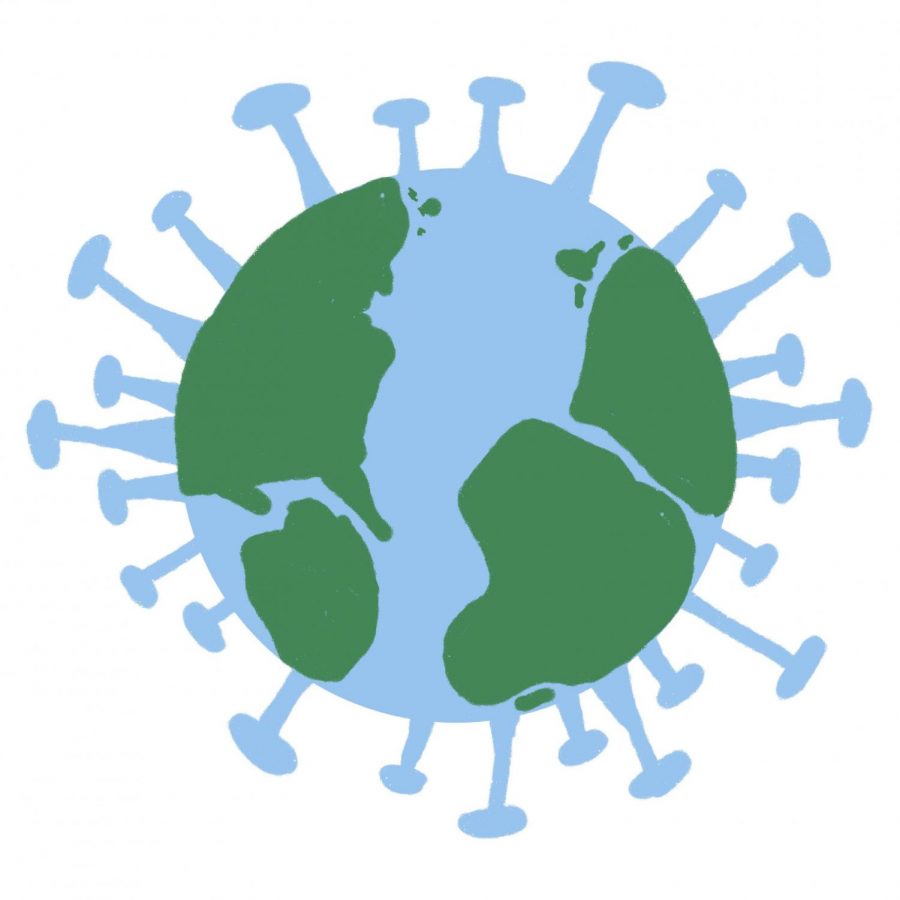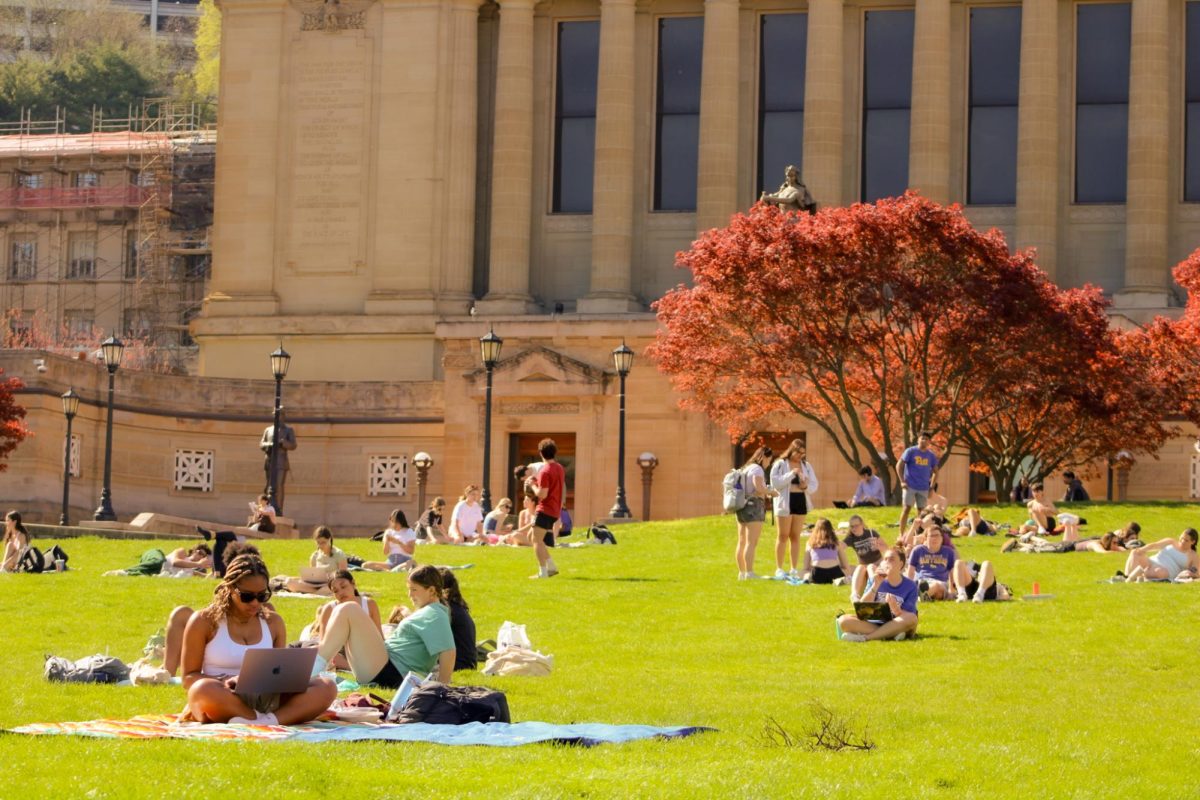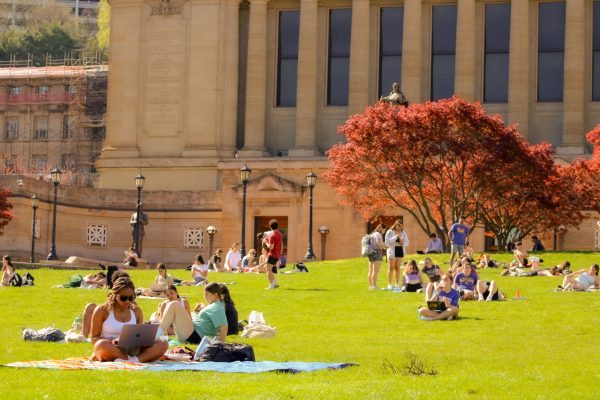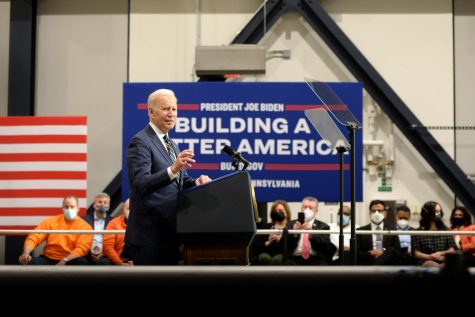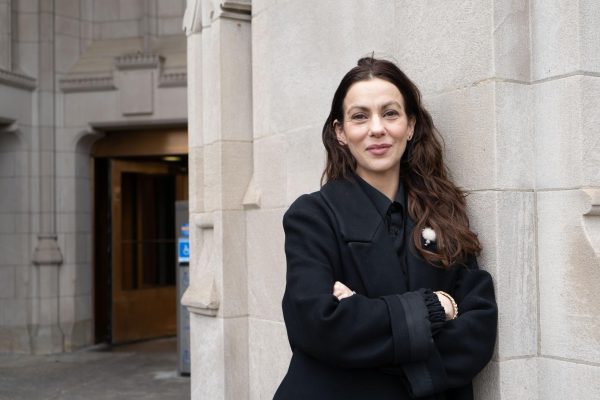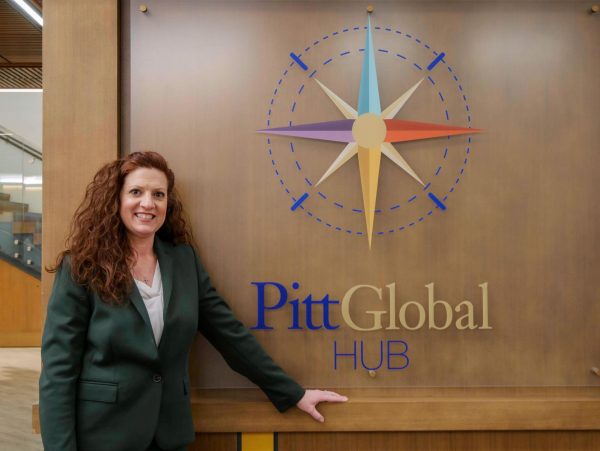Opinion | We still have to fight the climate change fight
May 26, 2020
I think it goes without saying, but we’re all desperate for some good news.
There have been efforts to spread good news on social media, as several posts have gone viral with claims that Earth is “healing herself” in the wake of the COVID-19 pandemic and our near global shutdown. One such post — a tweet that has been retweeted more than 14,000 times — claimed that dolphins had returned to the Venetian canals, and that “nature just hit the reset button on us.”
This tweet was, in fact, not accurate — the footage of dolphins was filmed at a port in Sardinia, hundreds of miles away from Venice. Several other similar tweets have gone viral, claiming that different forms of wildlife are taking back their natural habitats or exploring ours as humanity’s presence has decreased. People interpret this as good news, claiming our absence and the animals’ reemergence is a sign that the planet is healing.
But we should not be too quick to celebrate whatever “healing” Earth has managed during this pandemic — as soon as things return to “normal,” or as close to the old normal as we can get, global emissions will likely spike, reversing whatever “progress” we’ve made.
Still, another Twitter user posted about how in northern India, the Himalayas are now visible from more than 100 miles away, thanks to reduced air pollution resulting from the country’s lockdown. It’s true — air quality across India has drastically improved due to the lockdown as industrial activity has all but ceased. Better air quality is obviously a good thing, as many cities in India have notoriously poor air quality, but we have to remember what caused it — a shutdown of all nonessential societal functions caused by the COVID-19 pandemic. This kind of shutdown is not a long-term solution to the issue of climate change, as evidenced by sinking economies and stressed out, restless populations.
Other posts on social media are obviously satirical, posting pictures of random objects and claiming that they have returned to their natural habitats. “Earth is healing,” many tweets say. “We are the virus,” say others.
Despite their joking tone, there is some truth to these posts — we are, indeed, “the virus.” We as a species are responsible for whatever damage the Earth has endured since the Industrial Revolution. Our emissions are causing global warming, causing the oceans to rise, threatening ecosystems and countless species that share this planet with us.
Sure, humor is possibly the best method of coping with the ever-present stress of the pandemic. And I can’t blame anyone for grabbing onto the first good news they see on their timeline and holding on for dear life. I’m guilty of doing the same. Nevertheless, we all need to be more careful. Spreading falsehoods about how the Earth is healing could be more damaging to the planet in the long run. If people think the planet will be quick to bounce back from whatever abuse we inflict, it will be that much harder to justify immediate and drastic efforts to reduce emissions and stop climate change. If we allow people to believe the Earth can heal naturally and with minimal effort on our part, we let people off the hook for destroying the planet.
Additionally, making a big deal out of these small victories — not to mention falsifying them — is a potential threat to the fight for climate justice. If people start to believe that it will be easy to reverse the environmental damage we’ve done, or that the Earth is capable of fixing everything on its own, we’re going to be in hot water — literally. This way of thinking could lend power to climate change deniers, and possibly lend credibility to anyone who says we can reverse the damage we’ve done with gentle action.
Susan Clayton, a professor at the College of Wooster in Ohio, speculated that the idea of nature being able to heal itself largely plays into this kind of wishful thinking.
“I think people really want to believe in the power of nature to recover,” Clayton told National Geographic. “People hope that, no matter what we’ve done, nature is powerful enough to rise above it.”
The reality of the situation is that — and I’m sure you’ve already figured this out — the reason the Earth is “healing itself,” so to speak, is that we’ve finally reduced our emissions. People are driving less, factories aren’t emitting massive amounts of pollutants every day and commercial airlines have largely ceased their flights. These are the kinds of changes that climate activists have been driving for for years, and they are proving to be effective in improving environmental conditions.
Perhaps there is something to be learned from this scenario. A sudden decrease in our destructive activity allows for sudden healing. It should give us hope — long-term changes will almost certainly lead to drastic improvements in the health of our collective home.
Knowing this, we have to continue lobbying for change — reducing consumption and emissions where we can on an individual level and demanding that corporations and industries are held accountable to do the same.
But we cannot allow ourselves to confuse any improvements we see in our present situation — where industries essentially had no choice but to shut down, consequently reducing emissions — with the sustainable future we should be aiming for, where emissions are lower by default. We are not in the clear yet, as the east coast heads into hurricane season, with forecasters predicting that there may be as many as six major hurricanes.
I am not warning against hope. I certainly am not warning against believing that we can help our planet heal. I am only warning that we cannot mistake these improvements for permanent change. In a matter of months, industry will likely be operational again. Cars will be back on the road, planes will fly across the oceans. Our emissions will return to normal, and we will have to focus once again on fighting the same old climate fight.
Paige Lawler writes primarily about environmental policy and politics for The Pitt News. Write to her at [email protected].


